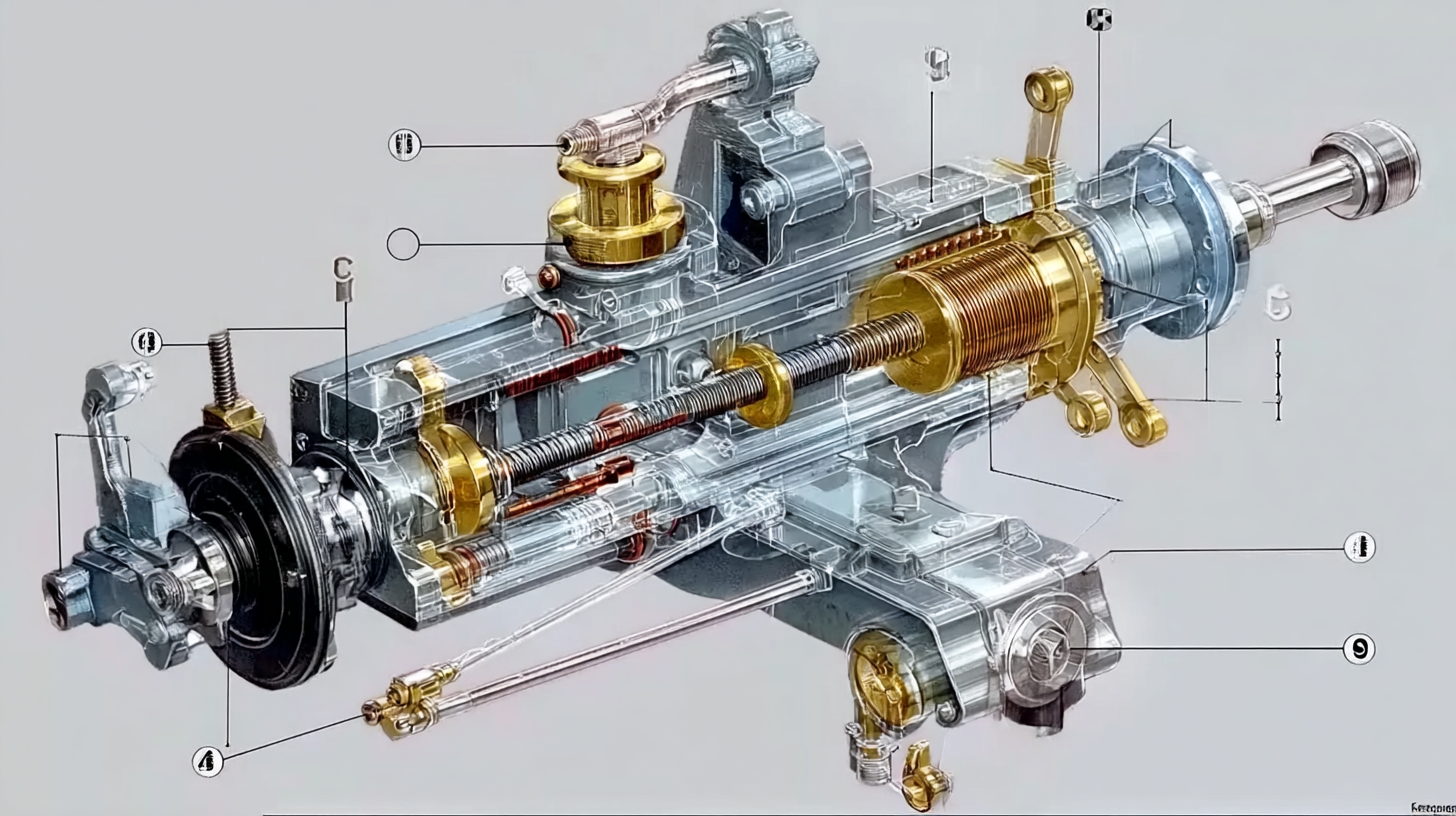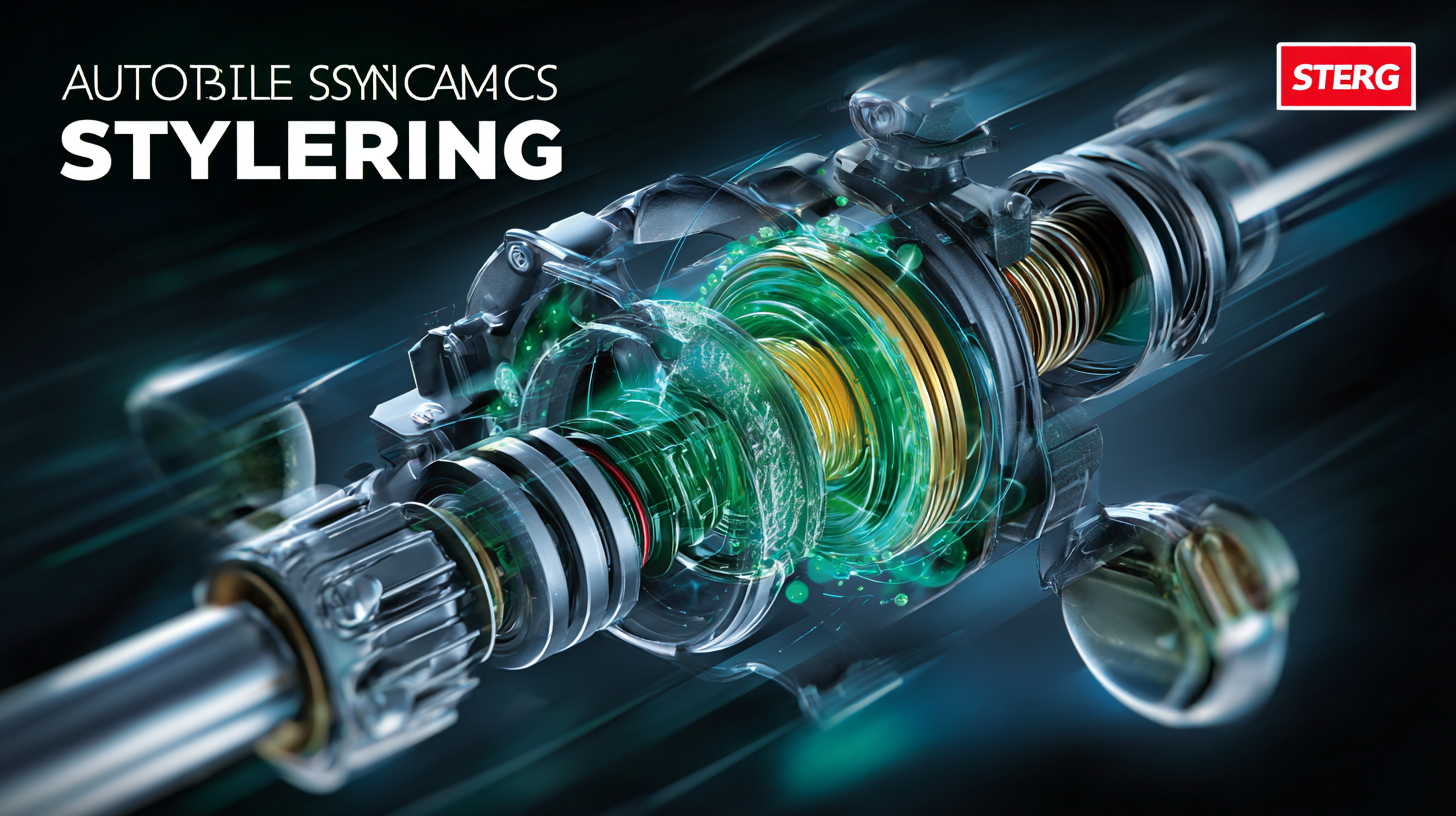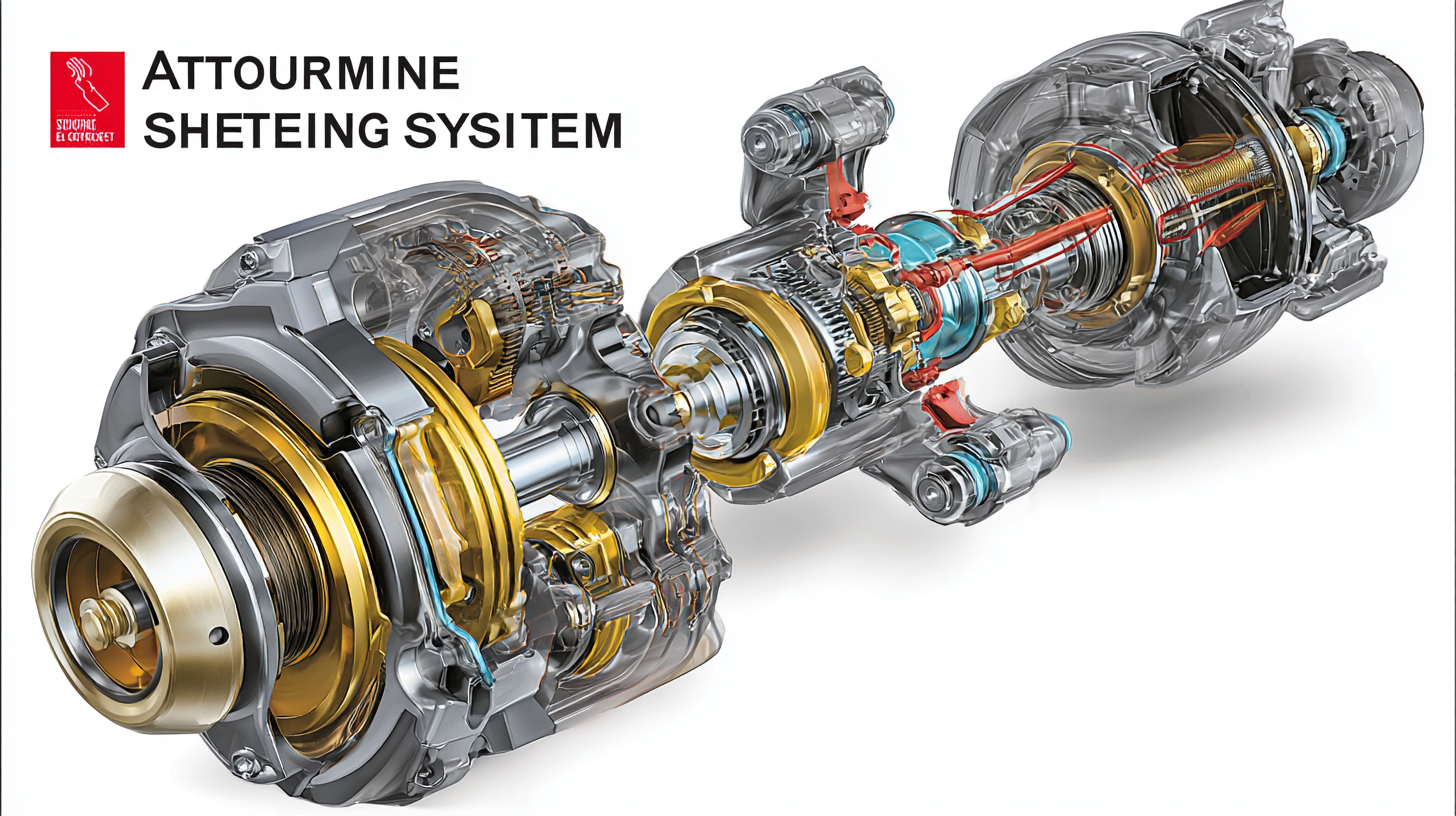| Electric Power Steering (EPS) |
Motor-driven, energy efficient |
Increases fuel efficiency, lighter weight |
More complex electronics |
Increasing adoption in new vehicles |
| Hydraulic Power Steering (HPS) |
Fluid-driven, provides good feedback |
Proven technology, reliable |
Less fuel efficient |
Slowly phasing out for EPS |
| Steer-by-Wire |
No mechanical connection, fully electronic |
Greater design flexibility, reduced weight |
Reliant on electrical systems |
Gaining traction with autonomous vehicles |
| Variable Ratio Steering |
Changes gear ratio based on speed |
Optimized control at different speeds |
Complexity increases maintenance needs |
Adopted in high-end vehicles |
| Active Steering Systems |
Adjusts steering in real-time |
Improves handling and stability |
Higher cost |
Growing in performance cars |
| Integral Steering |
Combines front and rear steering |
Enhanced maneuverability |
More components to maintain |
Emerging in luxury segments |
| Power Steering with Integrated Lane Assist |
Combines steering with safety features |
Increased safety for drivers |
Potential for over-reliance |
Rising popularity in cars |
| Semi-Automated Steering Systems |
Allows limited self-driving capabilities |
Reductive driver fatigue |
Potential regulatory challenges |
Increased demand in vehicle designs |
| Torque Vectoring Steering |
Differential torque based on input |
Improved cornering performance |
Complex to implement |
Fast-growing in performance markets |
| Tilt-Telescopic Steering |
Adjustable steering wheel position |
Enhanced driver comfort |
Mechanically more complex |
Popular among consumer vehicles |







